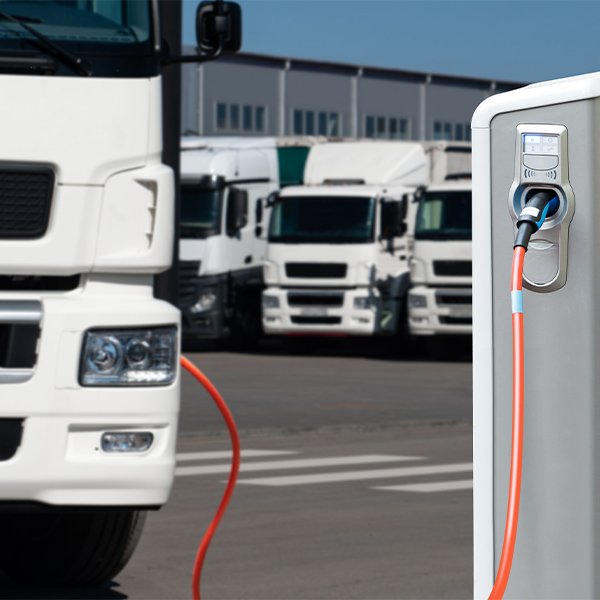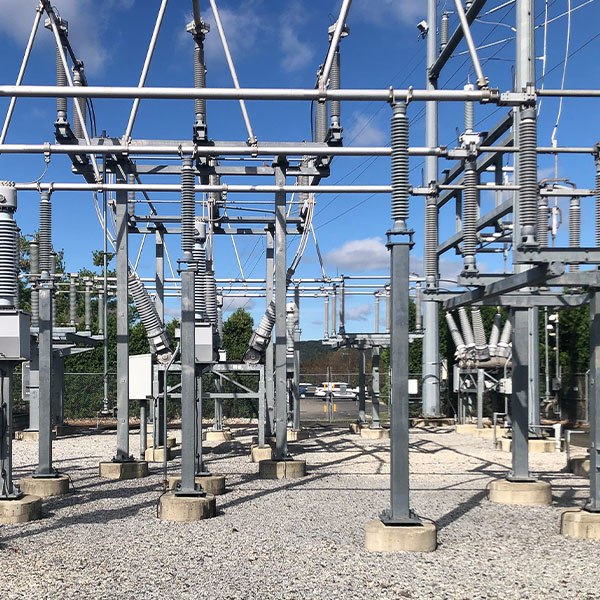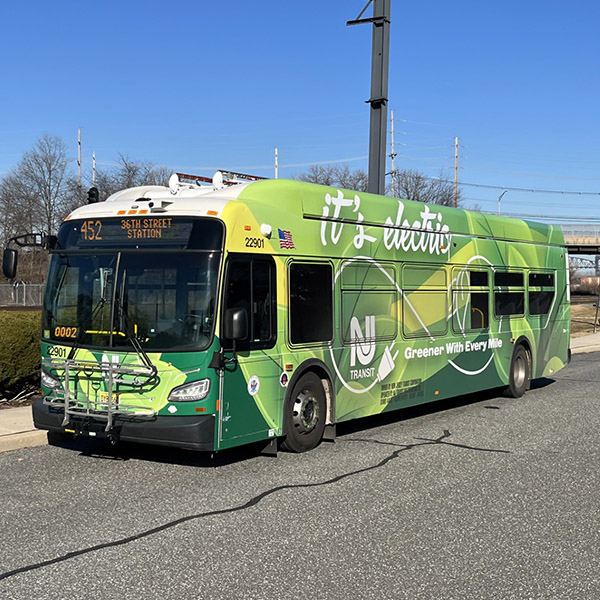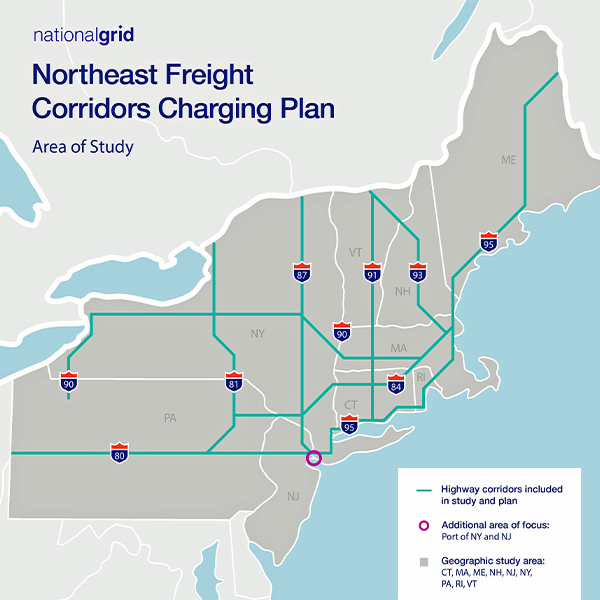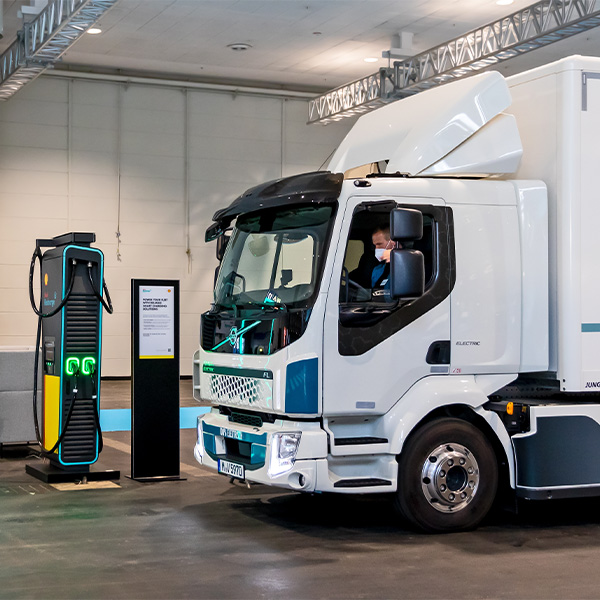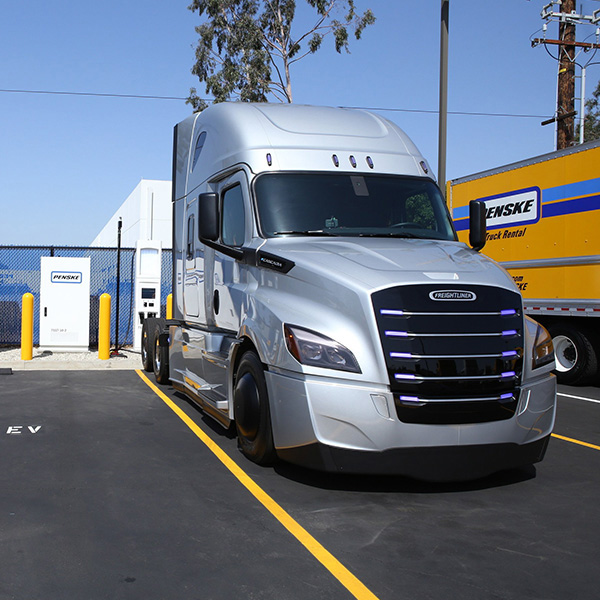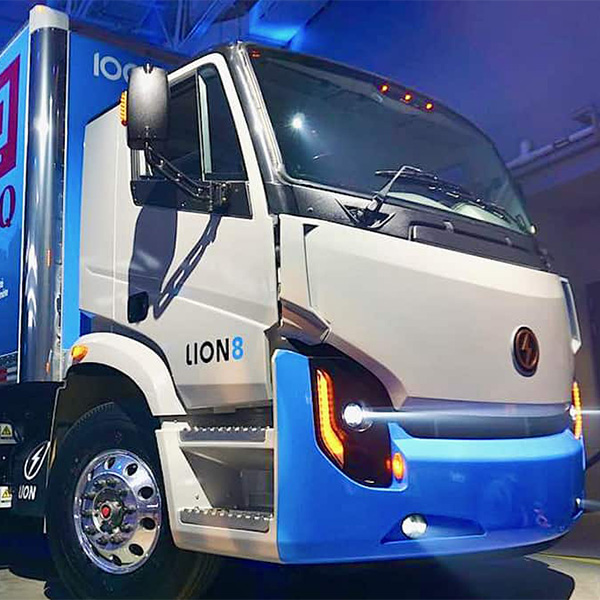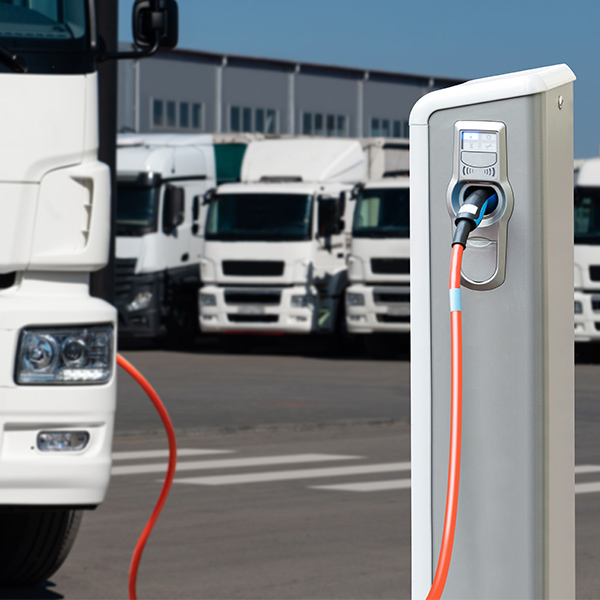medium and heavy-duty vehicles (MHDV)
The New Jersey Board of Public Utilities adopted minimum filing requirements that allow utilities to propose programs to promote the development of medium- and heavy-duty electric vehicle chargers.
New York is ordering electric utilities to plan for expected future demand from the clean energy transition and identify urgent infrastructure needs that already exist.
New Jersey is adding to its efforts to cut medium- and heavy-duty vehicle emissions with plans to spend more than $300 million on two electric bus garages and to increase the use of clean cargo handling equipment at ports.
Serving new demand from medium- and heavy-duty vehicle electrification will require grid upgrades but could lower utility rates, Advanced Energy United said.
A consortium has begun working to anticipate the charging infrastructure needed in the next 20 years for heavy-duty electric trucks across nine Northeast states.
New York is laying the groundwork to develop the charging infrastructure needed for the larger EVs intended to replace conventional trucks and buses.
The EPA approved a waiver for California’s Advanced Clean Trucks regulation, clearing the way for the state to launch the zero-emission program.
A revised New Jersey BPU straw proposal would provide extra support for private fleets that put chargers in overburdened communities.
The California Energy Commission approved $2.9 billion in clean-transportation funding through 2026, primarily for charging light- medium- and heavy-duty EVs.
New Jersey's BPU approved a $16.15 million allocation of funds from the RGGI to promote the installation of fast chargers for medium- and heavy-duty EVs.
Want more? Advanced Search
